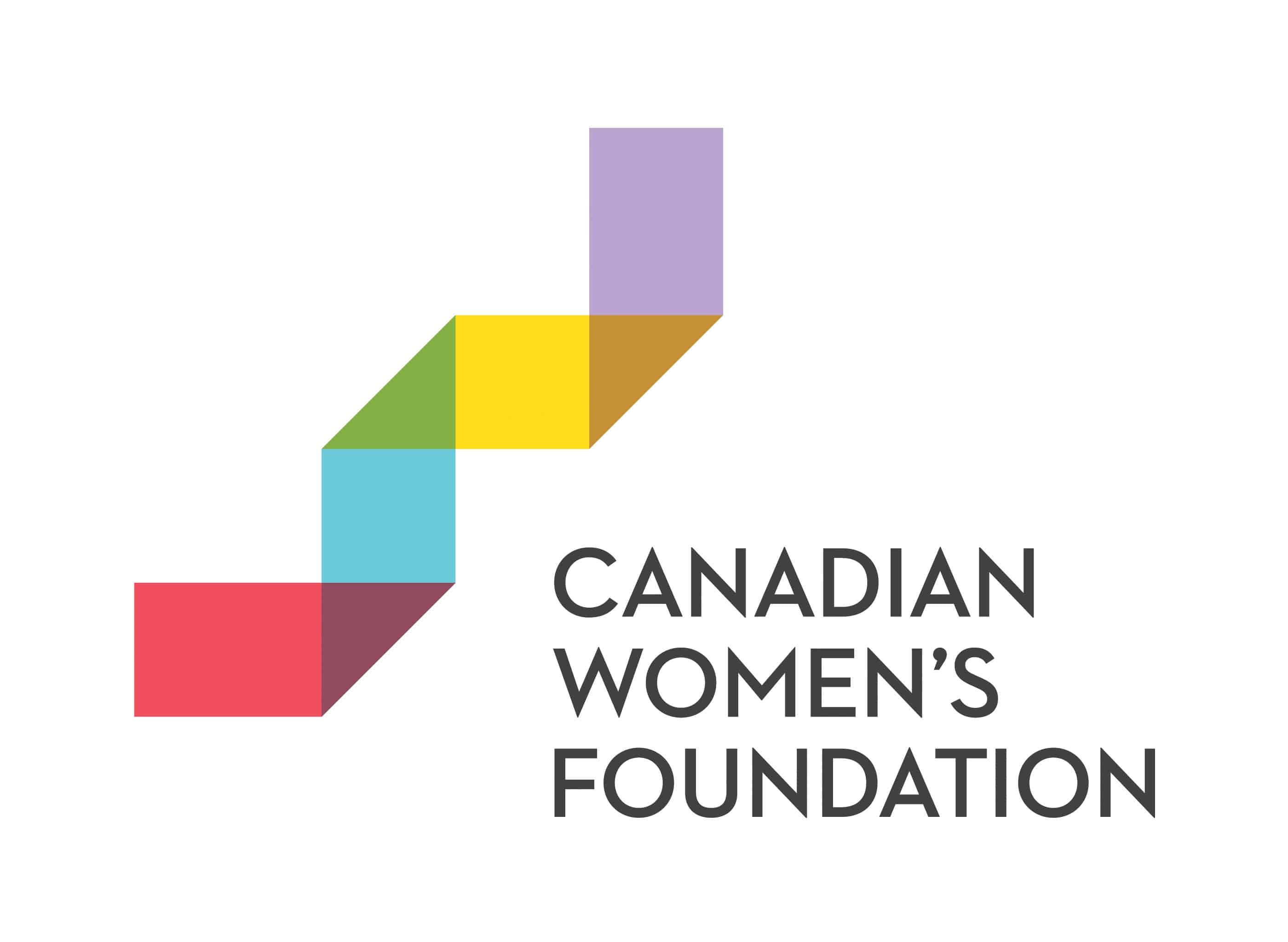
Ximena Morris, a manager with the Pan and Parapan American Games, reports receiving numerous flirtatious remarks, unwanted hugs and comments of a sexual nature from Peterson, some of which humiliated her in front of colleagues and distinguished visitors associated with the Games. More disturbingly still, Morris was reportedly told by HR and other senior officials within her organization to whom she complained about the sexual harassment to “let it roll off her back”, before ultimately being demoted.
Sadly, stories of sexual harassment in the workplace are not uncommon. Just months ago, former pastry chef Kate Burnham made headlines after filing an application to Ontario’s Human Rights Tribunal detailing persistent sexual harassment by three chefs at her former workplace, Toronto’s Weslodge restaurant. Late last year, the House of Commons was rocked by complaints of sexual harassment from two unnamed female New Democrat MPs against two of their Liberal colleagues.
According to a 2014 national survey conducted by the Angus Reid Institute, 43% of women say they have been sexually harassed at work. Experts are quick to stress, however, that instances of sexual harassment are vastly underreported. Fear of reprisal, stigma, and being disbelieved keep many women from alerting their superiors about their harassment.
Sexual harassment causes women to underperform at work (impacting their potential for career advancement), contributes to a host of psychological and physical illnesses, and even causes a number of women to leave their jobs.
Aside from the obvious moral duty to protect women from sexual harassment, employers can also face costly consequences if sexual harassment goes unaddressed. Increasingly – and encouragingly – the reputational and financial damages for employers can be huge. For example, following Burnham’s complaint about her treatment at Weslodge, Ungava Canadian Premium Dry Gin immediately pulled its product from an upcoming Weslodge event, citing its commitment to not condoning sexual harassment.
Employers can also run into serious legal trouble when sexual harassment is not promptly and appropriately dealt with. The cases of Morris and Burnham illustrate that victims can have recourse to both the Ontario Human Rights Tribunal or to civil courts. Punitive or moral damages for discrimination and injury to one’s dignity and self-esteem (though rarely awarded by the courts), are now being imposed more regularly and can cost in the six-figure range.
So what does this mean for employers? There are two components of an employer’s responsibility to combat sexual harassment in the workplace:
1) First, the employer must adequately respond to individual harassment claims as they are drawn to the employer’s attention. A thorough and objective investigation should be undertaken immediately, either by adequately trained personnel within the organization or, as is increasingly the case, by a third-party investigator. Ideally, an investigation should culminate in a comprehensive report including a detailed review of the process undertaken, the conclusions reached, and recommendations or action items.
2) Adequately responding to individual complaints is not enough. Employers also have an ongoing legal duty to take steps to prevent sexual harassment in the workplace. According to the Ontario Human Rights Commission, an organization may effectively respond to individual complaints of harassment but still be held liable if an underlying problem – such as an organizational culture that condones harassment – is allowed to persist. Training and education can be extremely effective in this regard.
To fulfil these responsibilities, employers should strongly consider working with a lawyer to draft a clear and comprehensive anti-sexual harassment policy that sets out the organization’s expectations and outlines how harassment complaints will be dealt with.
An effective anti-harassment policy is one that is both made widely available (i.e. distributed to every current employee and included in new employees’ orientation materials) and that is applied consistently to everyone in the organization, irrespective of their position or seniority. Adequate anti-harassment training should be insisted upon across all levels of employees, but particularly for those serving supervisory functions. Consistency in application is key to making complainants feel safe in reporting instances of sexual harassment.
If any good comes of the recent wave of workplace sexual harassment reports, let it be a reminder to employers to be proactive in ensuring that employees work in safe and healthy workplaces free from sexual harassment.
Learn More
- I Am a Feminist Because It's Still Not Safe to Be a Woman
- Our Fears are Not Ridiculous
- "Why don’t sexual assault victims just go to the police?"
Take Action
- Help us fund community programs that stop violence and rebuild lives – donate now!
- Sign up for our e-newsletter to have our latest stories and resources sent to your inbox.
- Follow us on Facebook and Twitter to join a national conversation on gender equality.







Leave A Comment
You must be logged in to post a comment.